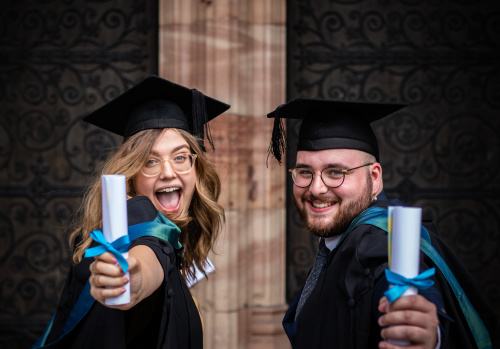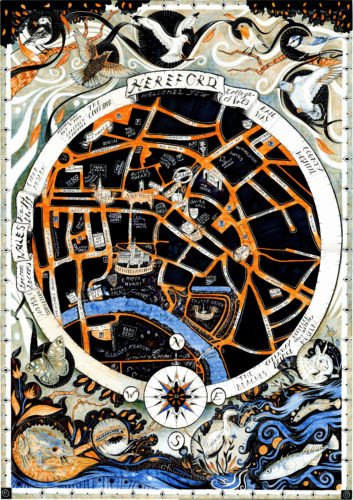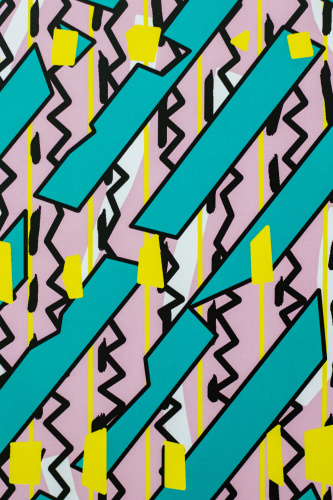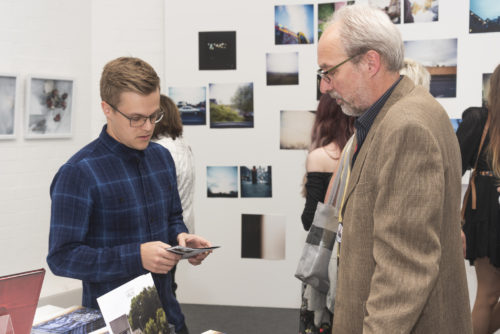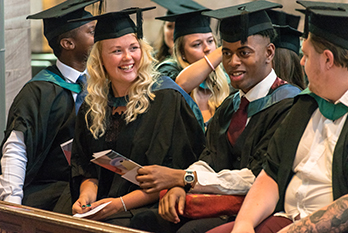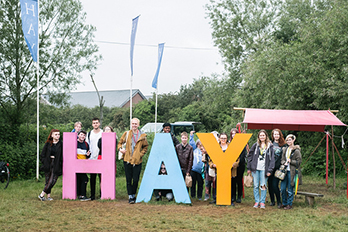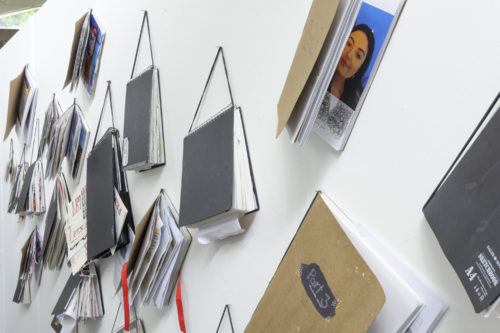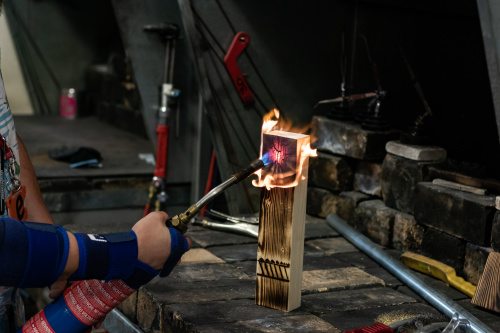Creativity and collaboration at the AoC HE Research Conference
Published on 10.07.16
It’s lovely when a conference feels like an ‘ideas exchange’ and this was certainly the case with this year’s annual AoC HE Research Conference. From my perspective (and I couldn’t watch the whole conference) some shared themes emerged but, as always for College based Higher Education events it is the enthusiasm and passion for learning
Categories
It’s lovely when a conference feels like an ‘ideas exchange’ and this was certainly the case with this year’s annual AoC HE Research Conference. From my perspective (and I couldn’t watch the whole conference) some shared themes emerged but, as always for College based Higher Education events it is the enthusiasm and passion for learning shared by all delegates that is genuinely inspiring and a key strength of our sector.
This enthusiasm in supporting our learners was echoed in John Lea ‘s keynote that placed ‘scholarship that avowedly enhances student learning’ at the heart of the project and called for us to ‘collaborate’ and ‘reconfigure different ways of ‘going public’; an idea I would wholeheartedly embrace having worked with so many highly creative individuals whose preferred mode of academic expression is not a lengthy article to be published in a peer-reviewed journal.
This sense of ‘learner-centred’ education and scholarship could be seen in the presentations, many of which came from the edgy interface that is the everyday learning environment, discussing how blended learning or the creative use of digital technologies supported learner outcomes, or presenting projects that considered ideas of connected learning, the individual learner, the student-as-researcher or the establishment of communities of practice across disciplines. You can download abstracts here.
A second theme was that of collaboration, and perhaps even a sense of agility within our sector, and again I wonder if this agility springs from our engagement with learners and our work within everyday ‘edgy’ spaces that mean the practitioner has to truly reflect-in-action (Schön, 1983) and come up with creative ideas within the everyday.
Likewise, CBHE is very diverse, and this again is shown in the conference programme, which put forward representatives from small specialist colleges (like Hereford College of Arts) and larger consortia. This exchange of ideas from such a range of different spaces is a huge strength and it’s clear from the break-out session synopses how collaboration fuels much good practice in the sector.
The third theme is perhaps one of potentialities and the power of a technical education. Martin Doel spoke of how he needed to ‘be shown’ how to fly a plane; knowing the technicalities of engineering isn’t enough. Perhaps we need to be more explicitly proud of how we ‘show’; of the inherent craftsmanship in our everyday activities, professional and pedagogic?
The Danish model of scholarship as presented by Jens Lautrup Nørgaard certainly provided food for thought here as he described a model of technical research where students work with the institution and the employer to solve real-life complex problems. This is a powerful model, and one that brought all our strands together for the closing keynote.
You can read more about the conference in the storify below, or by following the hashtag #aocheresearch on twitter.
References
